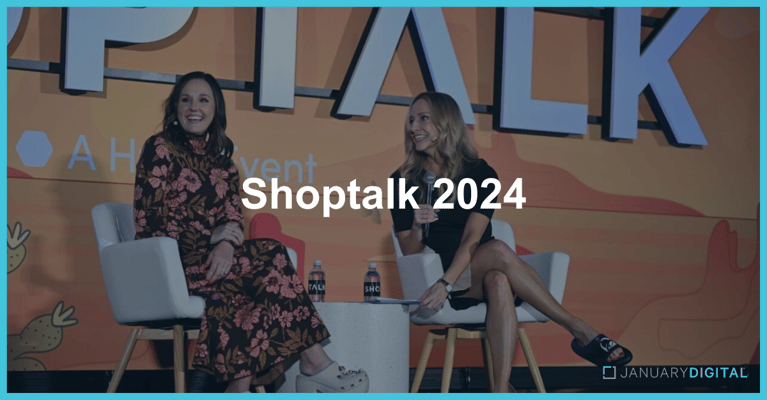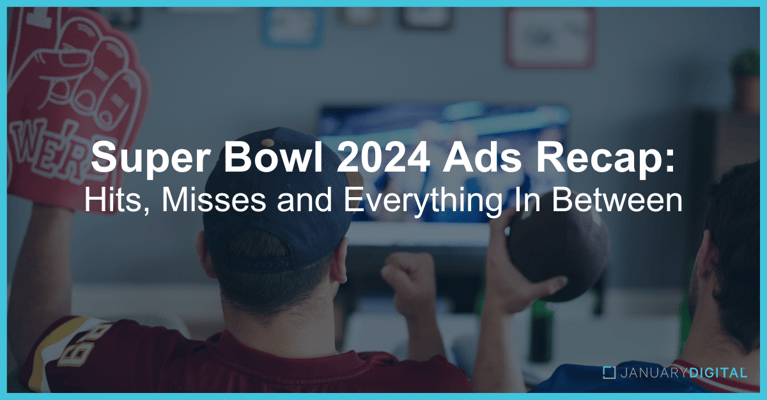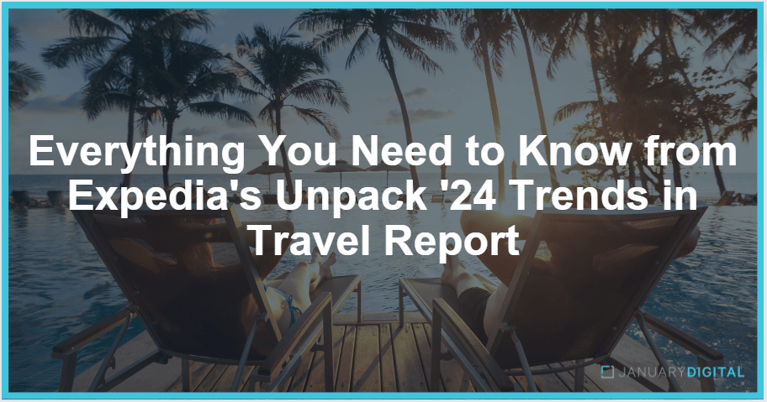For its users, Pinterest is a source of inspiration, and advertisers should approach the platform with a similar goal in mind: “How can our brand share content that will inspire both current and future customers?” In an era where the biggest ad platforms are struggling to deliver consistent efficiencies, Pinterest is an attractive alternative that can deliver great results with a strategic approach, however it’s important to keep a few key distinctions in mind that make Pinterest different from other social or brand platforms.
- Think of Pinterest as a Visually-Driven Extension of Search
While most would consider Pinterest to be solely visually driven, at its core it actually mirrors search programs like Google and and Bing. Their targeting options include over 3,400 unique groups of niche keywords; by leveraging these keywords, advertiser content can often show up in a way that feels truly organic, with food ads alongside recipes and bridal ads next to engagement rings. With so many niche audiences, nearly any brand can find an engaged and highly relevant audience to tap into, from beauty to CPG, bridal to groceries, style and fashion to parenting. Look at the types of keywords that show up in nonbrand search for your brand, or the hobbies or communities that your customers are passionate about or identify with, to begin tapping into these niche groups on Pinterest.
2. Pinterest is a Platform of Discovery
Despite a search engine at its core, Pinterest does not fall in the same place in the funnel as traditional search channels. Users log in to Pinterest for aspirational discovery and research, and the platform has not historically conditioned them to shop from pins. Most users visit Pinterest at the beginning stages of decision-making, from short-term decisions like what to cook for dinner tonight, or longer-term decisions like what they want their wedding to look like. Using Pinterest, brands are able to influence a user’s journey and become a part of their consideration phase through targeted advertising at the moment of discovery, then bringing them further into the marketing funnel using retargeting initiatives. A great place to start is to analyze your brand’s search trends or core product categories and match them against Pinterest trends, then create visually-driven imagery or video to capture users at the moment of discovery.
3. Top Funnel Meets Middle Funnel
Pinterest has long been the platform for aspiration-meets-inspiration, driving efficient brand awareness and discovery for advertisers. Campaign options have expanded to include new ways to acquire reach and even drive traffic to a brand’s site, and video ads were also opened up in the platform this year. These have been great additions to the Pinterest toolbox, allowing advertisers to increase their presence on the platform and incorporate Pinterest’s audiences into their evergreen marketing efforts. Brands can move potential customers through the funnel by reaching them with eye-catching videos, then retargeting them with static pins that encourage action and discovery on the brand’s site.




